The Real Deal with Antioxidants: Herbal Remedies to Support Health
I feel like the word “antioxidant” is an overused hype word, if I’m being completely honest. It gets thrown around describing countless products, to the point where people might forget what antioxidants really are and the best ways to incorporate them into your life. I wanted to shed some light on antioxidants and explain what all the hype is about. I was genuinely surprised by where my research led me! I had a generic image in my mind of an all-purpose compound that worked wonders in the body. I knew the term "free radicals" and its chemical implications, but putting the pieces together was enlightening. So, let's dive into some science! (Don’t worry, I’ll keep it straightforward.)
What are antioxidants?
Antioxidants are natural compounds found in various plants and animals, including humans. In plants, they protect leaves from UV damage and other types of oxidation. In humans, they act against what are known as free radicals and reactive oxygen species (ROS). Some antioxidants are endogenous, meaning our bodies produce them, while others come from our diet. To understand antioxidants better, let’s first learn about what they combat.
Free Radicals and Reactive Oxygen Species (ROS)
Free radicals and ROS are compounds containing oxygen found in the body. Oxygen itself isn’t harmful—we need it to breathe—but when it's part of larger compounds, especially with unpaired electrons, it becomes reactive. Free radicals have unpaired electrons, making them highly reactive in our bodies. Non-radical ROS, like hydrogen peroxide, can easily convert to free radicals. The key takeaway is these compounds are reactive and can interfere with cell signaling pathways, sometimes causing harm.
Benefits of ROS
Not all ROS actions are harmful. They play a crucial role in cell signaling, helping cells in our body communicate. Some ROS initiate signaling pathways, others end them, and some carry the cell signal. Without ROS, certain signaling pathways wouldn't function. Our bodies produce them for a reason, so eliminating them entirely could cause more harm than good.
Drawbacks of ROS
Problems arise when ROS levels in the body get out of control. Too much of a good thing is, well, not good! High levels of ROS and free radicals can cause cellular death and tissue damage, leading to conditions like oxidative stress in the stomach lining—one symptom of gluten intolerance. Elevated ROS levels are linked to cardiovascular disease, cancer, type 2 diabetes, hypertension, and neurodegenerative disorders. Interestingly, some cancer treatments increase ROS to induce cell death and prevent cancer spread. Excessive antioxidant use might hinder these treatments, so always discuss antioxidant use with your healthcare provider.
What do antioxidants do?
Now that we understand what antioxidants combat, let’s delve into antioxidants themselves.
Endogenous Antioxidants: Glutathione, Thioredoxin, Coenzyme Q10
These antioxidants are naturally produced by the body. Glutathione, derived from amino acids, is produced in the liver and aids in tissue repair and recovery from environmental stress. It also helps keep our immune system in tip top shape. Thioredoxin, a protein, prevents cell damage and promotes cell growth throughout the body. Coenzyme Q10, also known as ubiquinone, is found in high levels in the heart, liver, and kidneys. It transfers energy between cells and neutralizes free radicals.
Vitamins
Vitamin C and E are prominent antioxidants widely consumed as supplements. Vitamin C, or L-ascorbic acid, cannot be produced by our bodies and must come from our diet, with oranges and elderberries being high sources. Vitamin C helps restore levels of other antioxidants, like vitamin E, which is commonly used in topical formulations to combat wrinkles by preventing ROS production in fat tissue. Vitamin E is even used as a preservative in cosmetic to prevent oils from oxidizing!
Carotenoids
Carotenoids, plant-derived antioxidants known for their distinct pigments, give carrots and beets their bright colors. In humans, they support the immune system by scavenging free radicals and singlet oxygen, potentially preventing degenerative disorders as we age.
Polyphenols
Polyphenols are a large group of plant-derived compounds playing numerous roles in our bodies, including acting as antioxidants. Many medicinal plants owe their therapeutic actions to polyphenols, which also support other antioxidants like vitamins.
Antioxidants in Supplements vs. Herbs
While ROS have beneficial effects, excessive antioxidants can be harmful. There is not a single cure all and sometimes it's better not to act at all! Medical studies suggest it’s more beneficial to get antioxidants from our diet rather than high-dose supplements. Plants offer a holistic effect that isolated antioxidants cannot replicate.
It sounds crazy right? That taking an antioxidant supplement can actually hinder your body but it's true! Our bodies are complicated and have so many processes going on that it's better to support them with our diets than looking for a cure all in a supplement. With that being said let's take a look at some herbs that we can incorporate into our diet that are able to support our body.
Herbs Rich in Antioxidants
Clove
Clove, a widely known spice from Indonesia, has become beloved worldwide. Derived from the clove tree, the aromatic flower buds can be pressed to create clove bud oil. It’s renowned for its antimicrobial and antioxidant properties, thanks to its high polyphenol content, namely eugenol, gallic acid, and eugenol acetate.
Clove bud oil is easy to incorporate into your practice for topical use, but it should not be consumed. For internal use, add a couple of clove buds to tea. Remember to use this potent herb in moderation!
Peppermint
Peppermint owes its antioxidant benefits to its polyphenol content. The leaves of the peppermint plant, along with others in the mint family, are rich in volatiles like essential oils, which house the medicinal compounds. These biologically active species are known to scavenge free radicals in the body. Use fresh or dried peppermint in a tea for easy administration. It makes a soothing brew, especially for an upset stomach or sore throat.
Rosemary
Rosemary, originating from the Mediterranean, has become a staple worldwide. Rich in terpenes, this fragrant herb yields an essential oil with high antioxidant potential, containing compounds like carnosic acid, carnosol, rosmanol, and epirosmanol. Rosemary oil is powerful enough to terminate ROS pathways and scavenge peroxide radicals, making it a great addition to topical formulations and food. It’s even used in skincare formulas as a preservative due to its antioxidant properties.
Oregano
Oregano and oregano oil are some of the most powerful antioxidants and antibacterial agents in the herbal kingdom. The leaves are rich in volatile oils like thymol and carvacrol, which act as antioxidants. Alcohol extracts of oregano and its essential oils contain the highest amounts of these compounds.
Oregano oil, a “hot” oil, can burn when used undiluted. Use oregano sparingly and always dilute it. Incorporate oregano into cooking rather than taking an extract to avoid overdoing it. If using an oregano extract, dilute it and start with just a small amount for no more than one week at a time. Always start with a single drop to see how your body reacts before increasing the dose.
Thyme
Another culinary classic, thyme, is best incorporated into cooking rather than taken as an extract. Thyme has a high mineral content, making it a multifaceted addition to the kitchen. Its medicinal benefits come from volatile oils in high concentrations in thyme essential oil, with thymol being the predominant compound. Great for clearing the lungs, add one or two drops of thyme essential oil to a diffuser for a cooling cleanse. Remember, essential oils are for smelling and topical use only—always dilute before use!
You may have noticed a theme from all the herbs we just learned about. Much of their medicinal value and antioxidant effect lies in their essential oils. This is actually quite common with plants in which their leaves and flowers contain the medicine. You see, leaves and flowers tend to be rich in volatile oils which are easily extracted into an essential oil.
Japanese Knotweed
However, Japanese knotweed holds its power in its roots, which are rich in resveratrol, an antioxidant similar to retinol. It makes a powerful addition to topical formulations, especially for the face. Japanese knotweed has a tightening effect and reduces hyperpigmentation when used consistently.
Incorporating Antioxidants into Your Life
Incorporating antioxidant-rich plants and herbs into your life is a better and safer alternative than taking many antioxidant supplements. While a good multivitamin can help with hard-to-find nutrients, creating a balanced diet is key for maintaining the delicate balance of ROS and antioxidants. Cooking feels like the easiest and most intentional way to incorporate antioxidants into your life safely. By viewing herbs as not just seasonings but as ways to balance your health, cooking becomes more intentional and wholesome.
References
Rowicka G, Czaja-Bulsa G, Chełchowska M, Riahi A, Strucińska M, Weker H, Ambroszkiewicz J. Oxidative and Antioxidative Status of Children with Celiac Disease Treated with a Gluten Free-Diet. Oxid Med Cell Longev. 2018 May 2;2018:1324820. doi: 10.1155/2018/1324820. PMID: 29854070; PMCID: PMC5954924. https://www.ncbi.nlm.nih.gov/pmc/articles/PMC5954924/#:~:text=Consumption%20of%20gluten%20by%20patients,and%20the%20whole%2Dbody%20level.
Benzie IFF, Wachtel-Galor S, editors. Herbal Medicine: Biomolecular and Clinical Aspects. 2nd ed. Boca Raton (FL): CRC Press/Taylor & Francis; 2011. PMID: 22593937. https://pubmed.ncbi.nlm.nih.gov/22593937/
Alok S, Jain SK, Verma A, Kumar M, Mahor A, Sabharwal M. Herbal antioxidant in clinical practice: a review. Asian Pac J Trop Biomed. 2014 Jan;4(1):78-84. doi: 10.1016/S2221-1691(14)60213-6. PMID: 24144136; PMCID: PMC3819501. https://pubmed.ncbi.nlm.nih.gov/24144136/
Rosarior VL, Lim PS, Wong WK, Yue CS, Yam HC, Tan SA. Antioxidant-rich Clove Extract, A Strong Antimicrobial Agent against Urinary Tract Infections-causing Bacteria in vitro. Trop Life Sci Res. 2021 Jun;32(2):45-63. doi: 10.21315/tlsr2021.32.2.4. Epub 2021 Jun 29. PMID: 34367514; PMCID: PMC8300942. https://pubmed.ncbi.nlm.nih.gov/34367514/
Wu Z, Tan B, Liu Y, Dunn J, Martorell Guerola P, Tortajada M, Cao Z, Ji P. Chemical Composition and Antioxidant Properties of Essential Oils from Peppermint, Native Spearmint and Scotch Spearmint. Molecules. 2019 Aug 2;24(15):2825. doi: 10.3390/molecules24152825. PMID: 31382468; PMCID: PMC6696458. https://pubmed.ncbi.nlm.nih.gov/31382468/
Klancnik A, Guzej B, Kolar MH, Abramovic H, Mozina SS. In vitro antimicrobial and antioxidant activity of commercial rosemary extract formulations. J Food Prot. 2009 Aug;72(8):1744-52. doi: 10.4315/0362-028x-72.8.1744. PMID: 19722413. https://pubmed.ncbi.nlm.nih.gov/19722413/
Coccimiglio J, Alipour M, Jiang ZH, Gottardo C, Suntres Z. Antioxidant, Antibacterial, and Cytotoxic Activities of the Ethanolic Origanum vulgare Extract and Its Major Constituents. Oxid Med Cell Longev. 2016;2016:1404505. doi: 10.1155/2016/1404505. Epub 2016 Mar 9. PMID: 27051475; PMCID: PMC4804097. https://pubmed.ncbi.nlm.nih.gov/27051475/
Espinoza, J. Luis, Trung, Ly Quoc, Inaoka, Pleiades T., Yamada, Kayoko, An, Dao T., Mizuno, Shohei, Nakao, Shinji, Takami, Akiyoshi, The Repeated Administration of Resveratrol Has Measurable Effects on Circulating T-Cell Subsets in Humans, Oxidative Medicine and Cellular Longevity, 2017, 6781872, 10 pages, 2017. https://doi.org/10.1155/2017/6781872


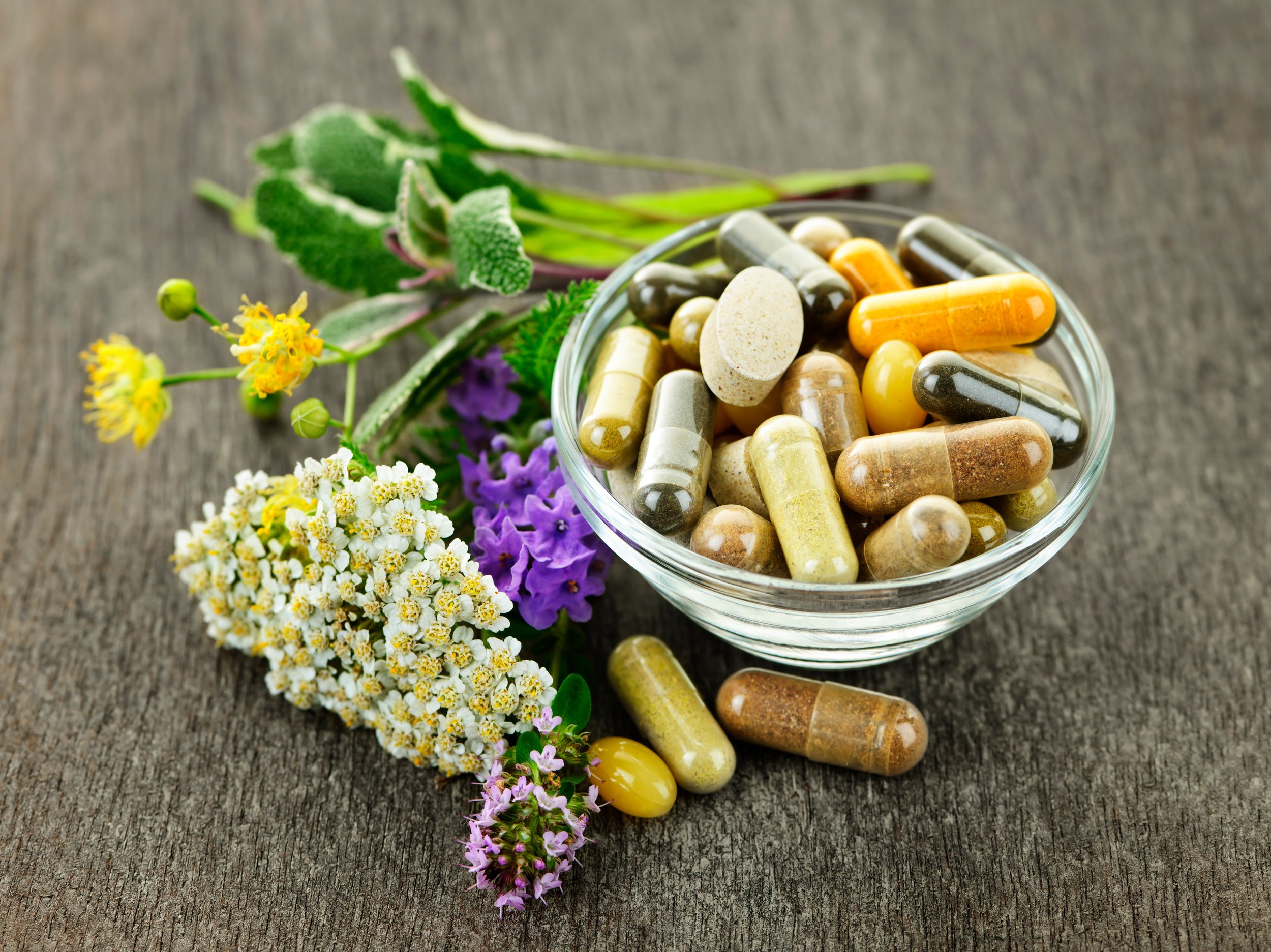













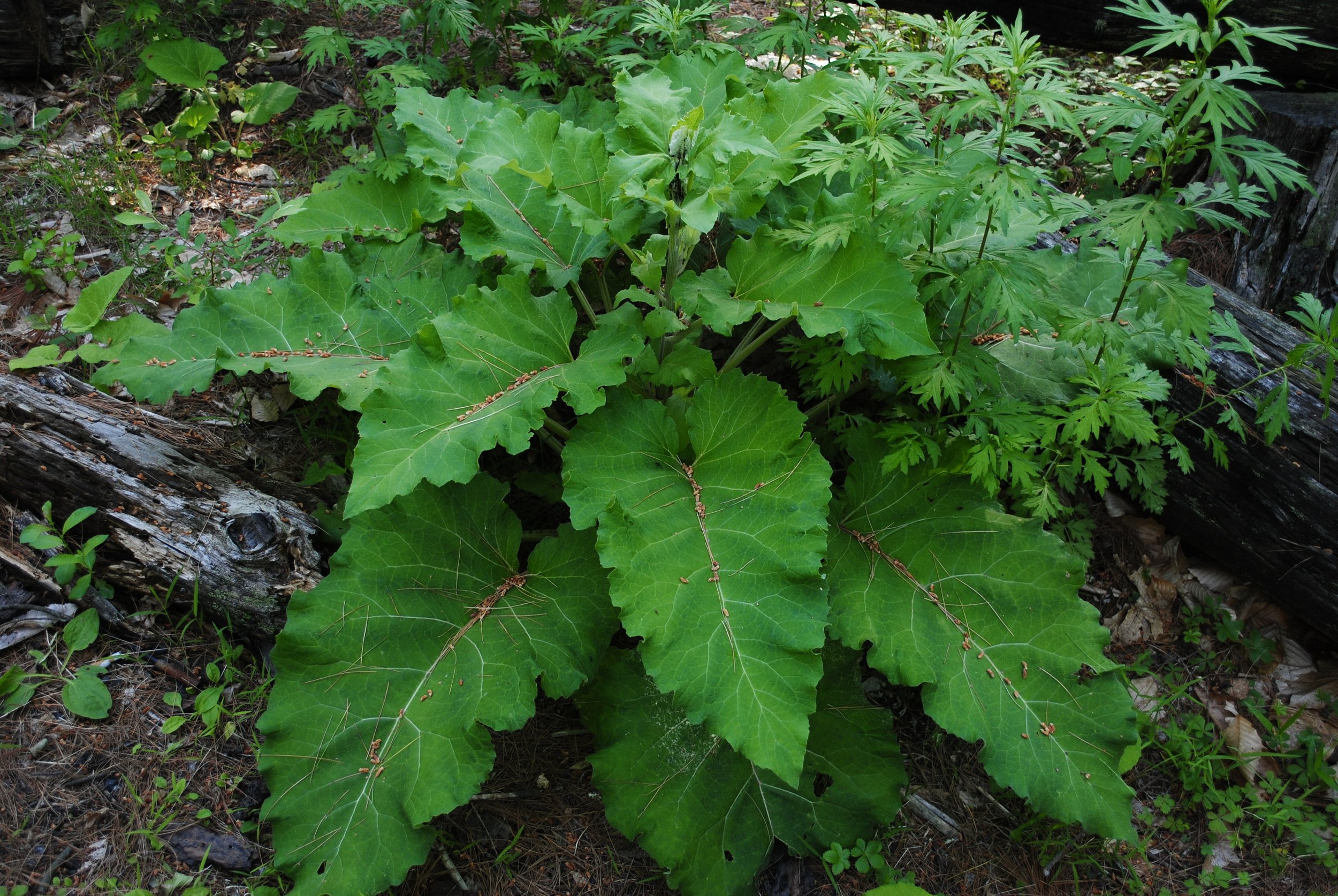
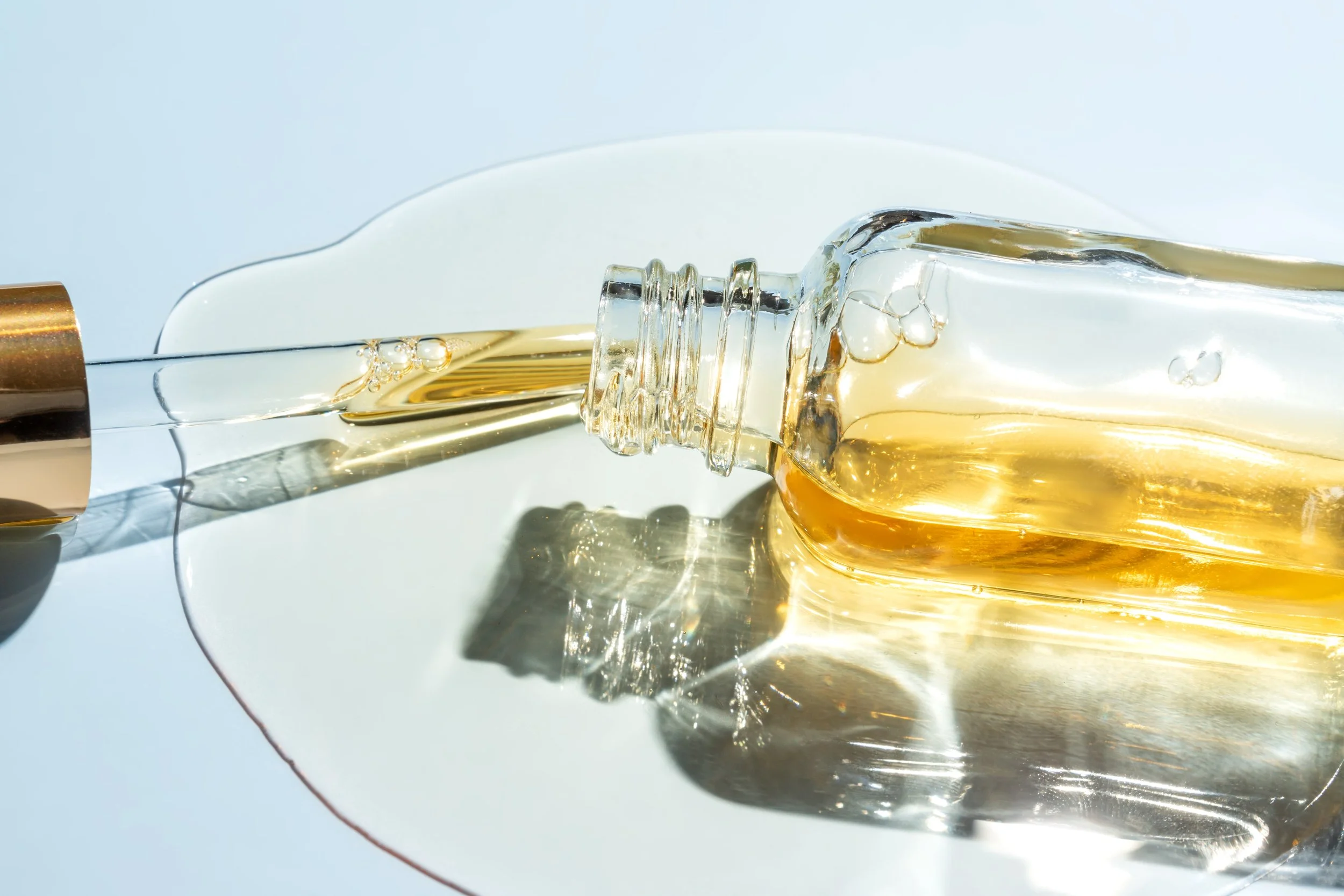


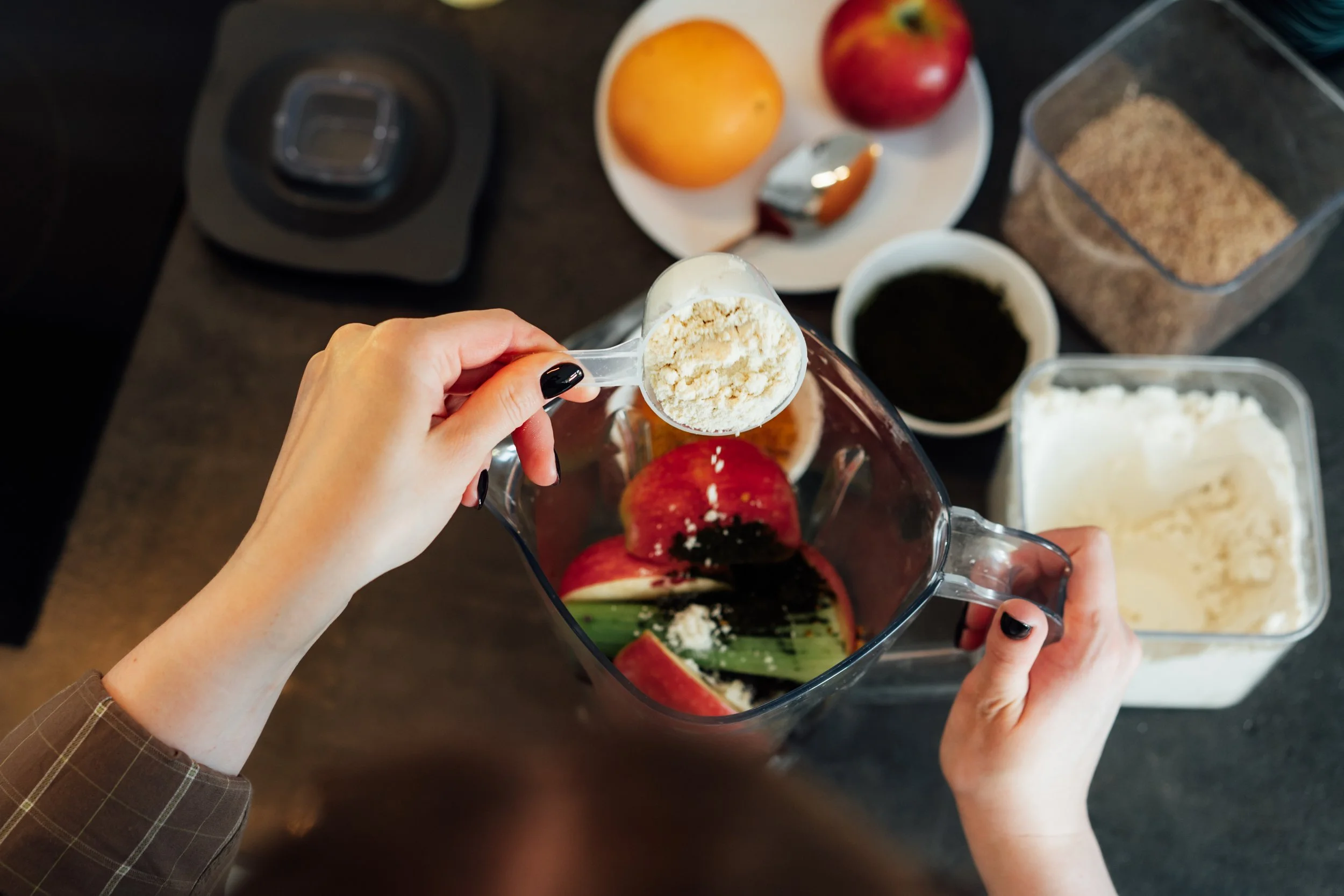



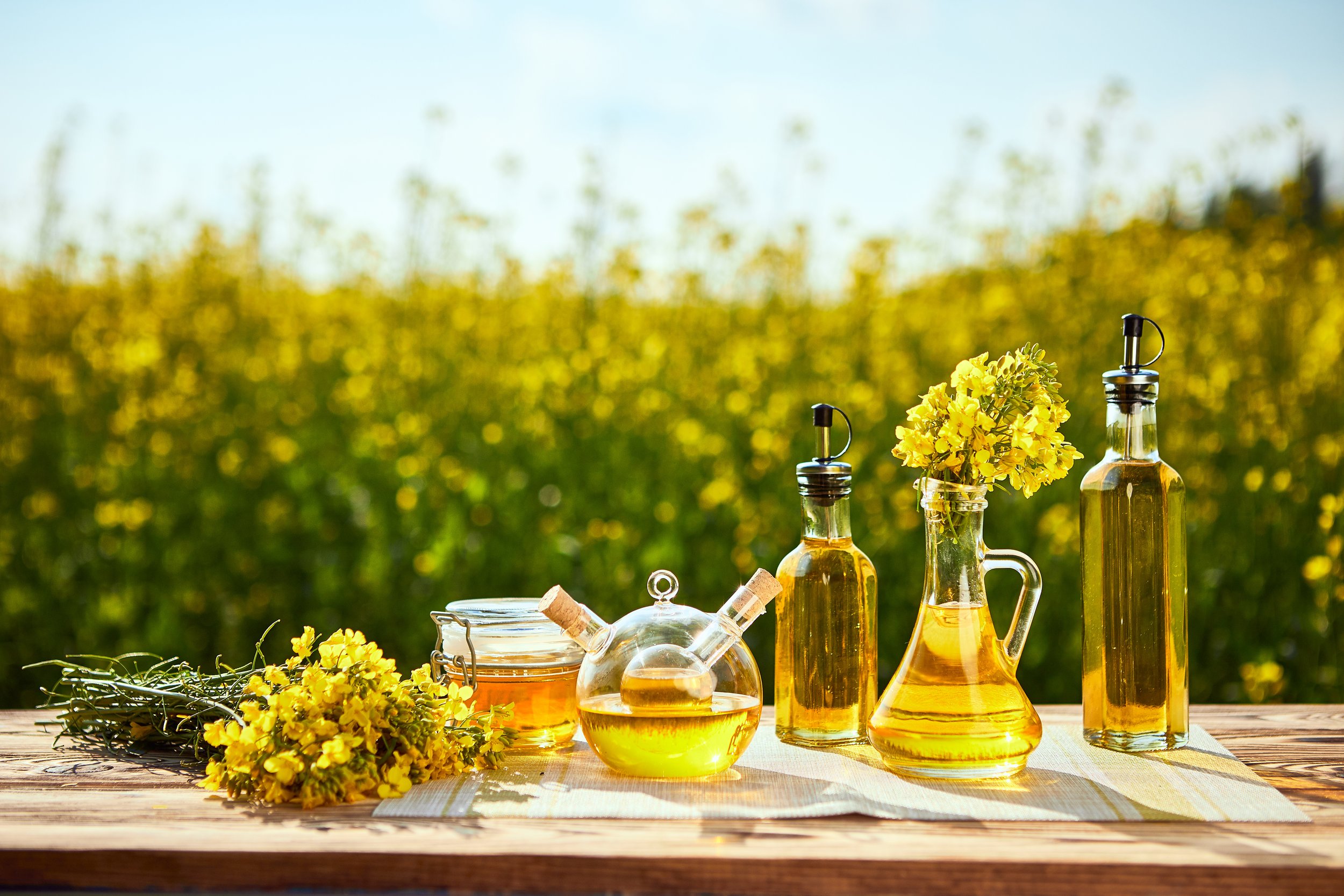
Hello and welcome! I'm Eve, a Chemist turned Herbalist, sharing the wonders of plant medicine and botanical skincare. Join me on this journey to Learn, Create, and Align your Divine!